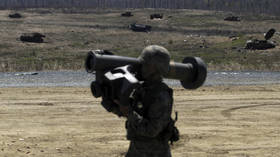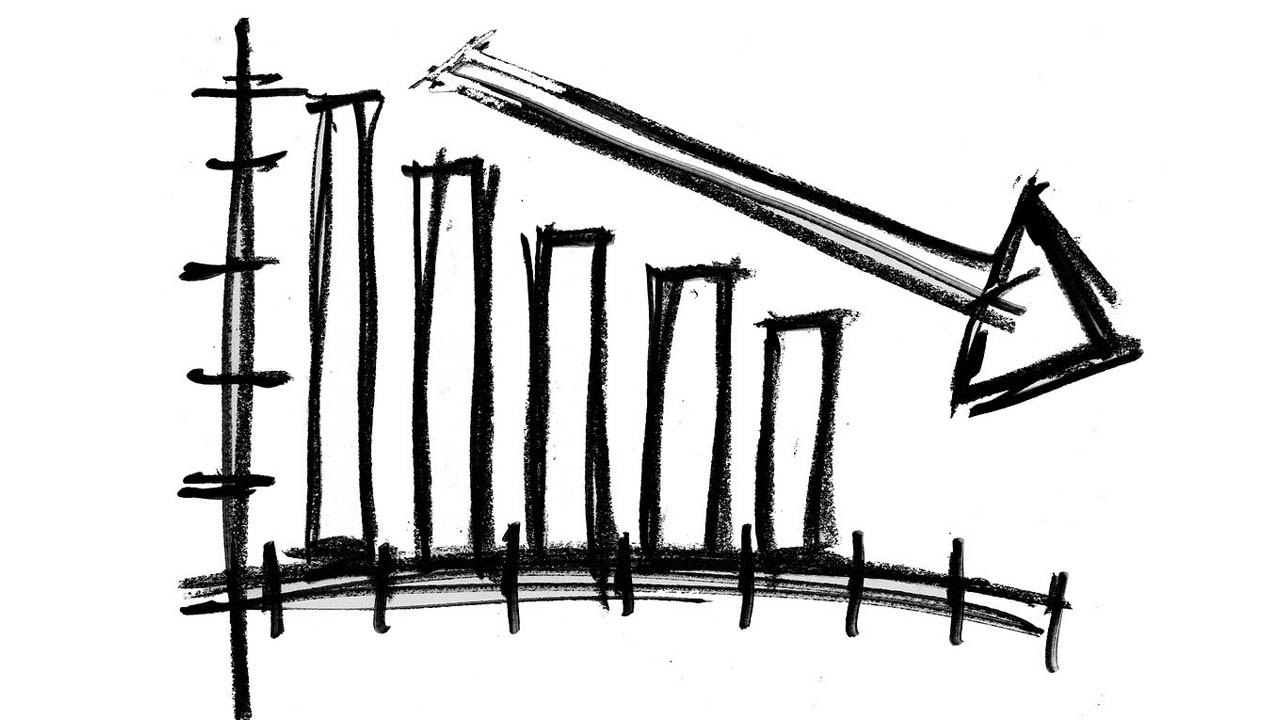This is the fourth month of Russia’s “special military operation” in Ukraine. The fighting, which began across the country’s northern, eastern and southern territory, is now almost entirely concentrated in the Donbass.
We have to admit that Ukraine as an adversary turned out to be much stronger than it seemed for many on the eve of the offensive. That said, the reason given by the Russian side for starting the operation (the threat of a Ukrainian invasion of the Donbass) lost its relevance in the first days, if not hours: with massive strikes, the Ukrainian Army was neutralized and deprived of the ability to conduct offensive actions.
Yes, within a couple of weeks it was possible to occupy the territories of several regions without serious fighting. However, there was no collapse of the Ukrainian state, troop control was maintained, mobilization was carried out, and supplies were secured. Seeing that Ukraine was holding on and could fight, the West finally decided to deliver extensive military supplies.
Kiev has managed to build quite effective military propaganda. The party line is: “We were attacked, the entire West supports us, together we stood our ground and forced the enemy to retreat, together we will fight until victory.” So far, the ideological pumping is working, but over time, the weak points of the chosen narrative will begin to appear – facts will become apparent or, simply put, the excess of lies will be exposed.
The Mariupol garrison, which had been surrounded for two-and-a-half months, is an illustrative example in this regard. Kiev insisted all along that it would be saved by military means and then transported to a neutral country.
However, it ended with a regular “evacuation” to Russian captivity, and the Ukrainian soldiers and fighters of the national battalions (in this case, the Azov neo-Nazis) saw clearly how they were being used as cannon fodder in the information war. Coincidence or not, but soon after the fall of Mariupol, the front in the Donbass also faltered, and under the threat of encirclement, Kiev’s soldiers now more often prefer to retreat and surrender cities without a fight.
Tectonic shifts have taken place in the Russian-occupied Kherson and Zaporozhye regions: the creation of fully fledged civil-military administrations, the switch to ruble payments, the connection of Russian television and the internet, and the switch to SIM cards of Russian operators. Russian car number plates are being issued, symbols of Ukrainian statehood are being dismantled, and the procedure for issuing Russian passports has been adopted. All indications are that Russia is serious about the territory and intends to stay there for a long time – unlike the districts of Kharkov Region under our control, where nothing of the kind has been observed so far.
The battle for Donbass, which will determine the future of the military operation, is in full swing. It is following a slow, smoldering pattern that does not involve a rapid and spectacular defeat of the Armed Forces of Ukraine. A term of the First World War is increasingly recalled: War of attrition.
The conflict remains localized and peripheral for everyone except Ukraine. Russia is fighting with a peacetime army, essentially an expeditionary corps at maximum capacity, while the West, although supplying Kiev’s forces on an unprecedented scale, is not yet supplying the latest and most expensive weapons and is not intervening with its own troops.
In any military conflict, two issues are of fundamental importance. First, what are the politically acceptable losses – how much are you willing to sacrifice in order to achieve military goals? Second, what are the physically acceptable losses – how much energy and resources can you squander while still being able to fight and achieve your goals?
In the context of the Armed Forces of Ukraine, let’s try to answer those questions:
How many people is Ukraine prepared to lose?
Politically, it appears, the answer is quite a lot. At this point, the total number of troops killed, injured or captured is estimated at tens of thousands, and the country’s public opinion accepts these figures for now. Yes, the losses are high, but they are successfully holding back “the orcs,” as Russian troops are dubbed in Kiev’s propaganda. However, these are the best, most experienced and most motivated fighters, and – at least in the coming months – it will be hard to replace them. In addition, the defensive tactics of the Armed Forces of Ukraine work well in the fortified positions that have been created in the Donbass in recent years. How untrained recruits will perform outside of such positions and against an army experienced in assault operations, only the future will show.
How many weapons is Ukraine prepared to lose?
On the face of it, given Kiev seems to have a ‘cheat code’ for an endless supply of ammunition and guns from the West, this issue is irrelevant. But the backbone of an army, especially a defending army, is not hipster drones or single, obsolete armored vehicles, but artillery: guns, howitzers, MLRS, and mortars. With the current scale of combat operations, thousands or tens of thousands, and millions of pieces of ammunition for them are needed.

Yes, the USSR accumulated weapons for a couple of world wars, and the lion’s share of these weapons was kept in Ukraine and now serves Kiev’s needs. Yes, military aid is brought in from around the world, but the flow is less than the losses at the front. As the Soviet stockpile is exhausted, the West will face the task of fully supplying Ukraine with military supplies on a scale not seen in decades; it will have to supply a battle-hardened but severely depleted army with a significant percentage of untrained recruits, which means even more casualties and the need for even greater supplies.
How long will Ukraine survive economically?
They say Ukraine’s GDP will fall twofold this year, by about $100 billion. Keeping the economy afloat in the face of mobilization, loss of territory, stagnant businesses, and currency devaluation will require considerable investment from the West. Even a full confiscation of Russian foreign currency reserves would only partly compensate for this, as there is still the issue of military supplies, which requires up to another $1 billion daily.
What about Russia? As long as the Russian Army’s tactic of slow advance with reliance on artillery is paying off, we should not expect it to change. If the Russian Armed Forces completely stall, whether in defense of Slavyansk/Kramatorsk, or on the outskirts of Kharkov or Nikolaev, the issue of a broad military mobilization will have to be resolved, which is still politically unacceptable for the Kremlin.
For the adversary (Ukraine and the West), the question of what sort of losses are acceptable will ultimately come down to whether Ukrainian forces will be able to advance against the Russian Army and occupy the territory. If they can, the economic costs as well as the human losses will remain negligible, people will go to the front while weapons stream in from the West. If they cannot, if they continue to retreat, albeit slowly, it will raise the question of whether to make peace or raise the stakes.
As before, everything will be decided on the battlefield.
Source link
Author RT





